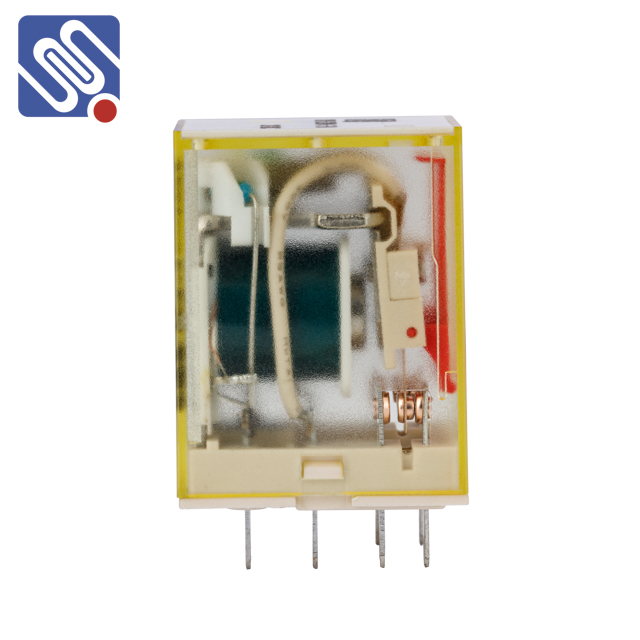Industrial relays are essential components in modern industrial automation systems, playing a pivotal role in controlling high-power electrical circuits using low-power signals. These compact and reliable devices are widely used in a variety of applications, ranging from motor control to system protection. Their ability to handle large currents and voltages through small, low-power controls makes them indispensable in industries such as manufacturing, energy, transportation, and more. In this article, we will explore the working principles, types, applications, and key advantages of industrial relays.

Understanding the Industrial Relay At its core, an industrial relay is an electrically operated switch that uses a low-voltage signal to control the switching of higher-power circuits. The relay consists of a coil (electromagnet), a movable armature, and one or more sets of contacts that either close or open when the coil is energized. When a current passes through the coil, it generates a magnetic field, attracting the armature and causing the contacts to either complete or break the circuit. This simple yet effective mechanism allows relays to control large electrical loads safely and efficiently.